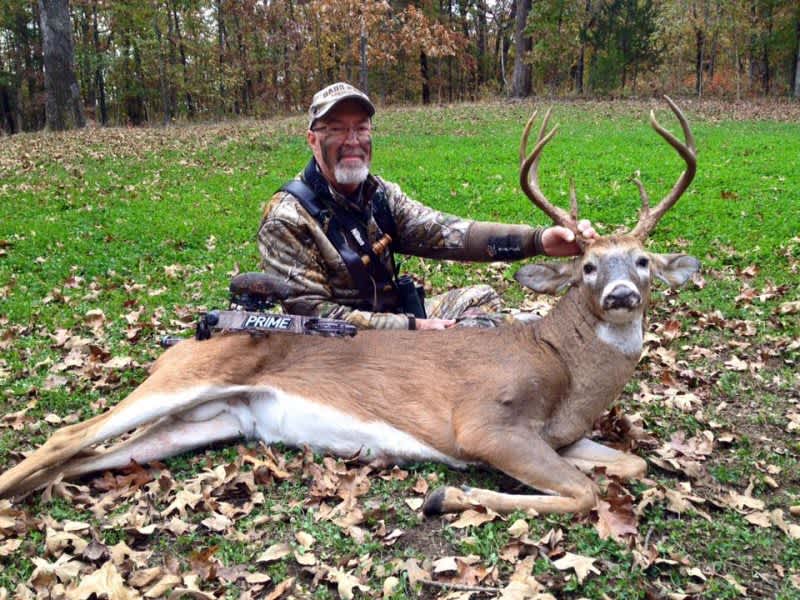Whitetail Wednesday: 4 Grunt Call Tips
OutdoorHub Staff 10.19.16

Temperatures here in Missouri are averaging in the 70s during the day, and dipping into the upper 40s or 50s at night. I recently saw a good-size buck at the edge of a food plot about 30 minutes after daylight. I’m also noticing more active scrapes and rubs, and several of my buddies and I are seeing some mature bucks during daylight hours.
These observations mean it’s time to use a grunt call, one of my favorite deer hunting tools. I almost never see bucks become alerted or flee the area in response to grunts from my call. Rather, bucks usually come to investigate or ignore the call.
These observations are partially due to how and when I grunt, as well as the specific call I use. Following are four tips for properly using a grunt call:
- Don’t grunt at bucks that are already alert or appear ready to detect you. Calling will often spook deer that already seem to be alert.
- Don’t grunt at bucks that will likely travel within range of you without any additional attraction. There’s no need attract attention to your position.
- Don’t grunt at bucks when their path to approach the call will likely include traveling downwind of your ambush. Instead, wait until the buck’s approach will likely be in your favor.
- Don’t try to sound like the biggest buck in the woods.
The last strategy seems to mess up lots of hunters. Many grunt calls are made and marketed based on challenging super mature bucks. That seems cool, but rarely applies for most hunters. First, not many hunters are privileged to pursue whitetails where there are lots of 5-year-old or older bucks. Second, some of these very mature bucks will be subordinate, meaning they will avoid challenges from extremely dominate bucks.
So, using one of the calls designed to challenge super mature bucks is likely causing many bucks to not approach within shooting range. A much better strategy is to replicate the sound (rhythm and tone) of a subordinate buck that’s tending a receptive doe.
The message I wish to broadcast is that a wimpy/subordinate buck is tending a receptive doe, and almost any buck can challenge and steal the doe. Hence, the real message is: “Here’s a receptive doe that’s easily available!” Almost all bucks, young and old, respond to that message.

Truth be told, I’ve struggled to find grunt calls that easily communicated this message without lots of modifications. I finally took matters into my own hands and supplied a small/custom call manufacturer with lots of video of bucks grunting so they could produce a call that replicated the tone and rhythm I’d observed attracting the most bucks. Hook’s Custom Calls did just that and even named the call the Messenger! You can listen to this grunt call in action, and learn more about its development, by clicking here.
I hope these strategies help you call and tag a buck this fall.
Enjoy creation!
Editor’s note: Be sure to check out Dr. Grant Woods and his popular on-demand web series that shares current information about deer hunting and deer management. The free videos focus on what the Growing Deer team of experienced hunters and deer managers are doing in the field week to week, including action-packed hunts, proven hunting strategies, habitat management, food plots, trail camera techniques and the gear it takes to get it all done.

